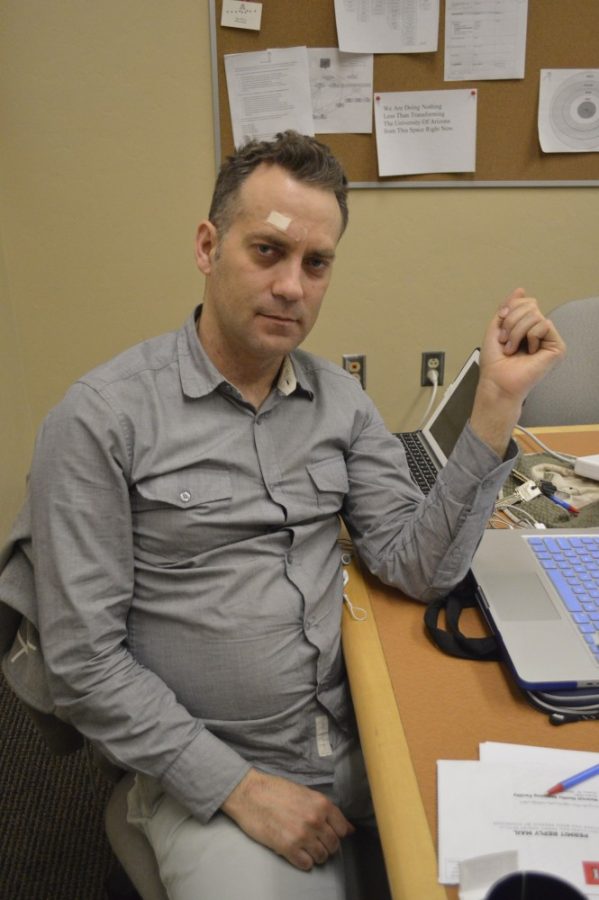New guidelines for proposals on tuition and fees for UA graduate and professional students have been created by the UA administration and GPSC.
The document, known as the “Memorandum of Understanding,” was drafted by the Graduate and Professional Student Council in collaboration with the UA administration, said Robert Jacobi, assembly chair and lead author of the memorandum.
The purpose of the document, as stated in the MOU, is that it “outlines principles of shared governance with regards to changes in tuition and mandatory fees (hereafter fees) at the University of Arizona and is entered into freely by the students and administration committed to a constructive dialogue to strengthen the University.”
Senior Vice President for Academic Affairs Andrew Comrie and Vice President for Student Affairs Melissa Vito have both signed the memorandum.
The document has nine guiding principles focused on keeping the cost of education as low as possible and making the process of adjusting fees and tuition as transparent as possible. The second principle states that all fee and tuition proposals must be presented to GPSC so that the council can study the proposal and make recommendations to the UA administration. The administration is supposed to present the proposal “early enough to allow sufficient time for GPSC to study the proposal.”
“Right now there is 8,633 graduate and professional students at the University of Arizona and the elections that we have, and the efforts and services we provide, do make a difference,” said Zachary Brooks, GPSC president. “So the fact that in the future, graduate students will know there is a process by which the administration has to come to GPSC for every tuition and fee proposal, I think it is beneficial and is meaningful to every graduate and professional student out there.”
The memorandum has a separate process outlined for both tuition and fee proposals. For tuition proposals, the document focuses on “necessity, transparency and timeliness.” For fee proposals, the document focuses on “transparency, surveys, proposal approval and documentation.”
The memorandum is a result of the fact that the 2013 tuition increase proposal did not include supporting information for the increase and did not allow enough time for examination, Jacobi said.
The administration is not required to follow the council’s thoughts on fees and tuition; the purpose is to establish a channel for the administration to get the endorsement of GPSC before bringing the proposals to the Arizona Board of Regents, Jacobi said.
“Through the MOU we are addressing a process to make sure that we work with student leadership as early as possible in the tuition setting process to both understand student priorities and to share institutional needs, constraints and opportunities,” Vito said in an email interview. “We also reiterate [our] intent to make sure that we obtain clear student feedback about any potential additional student fees.”









